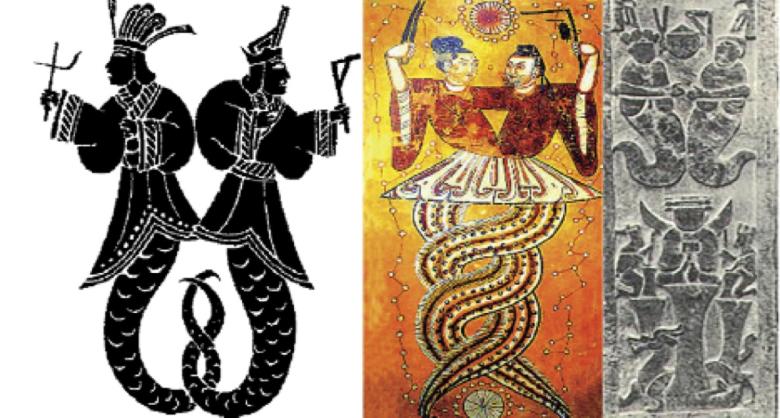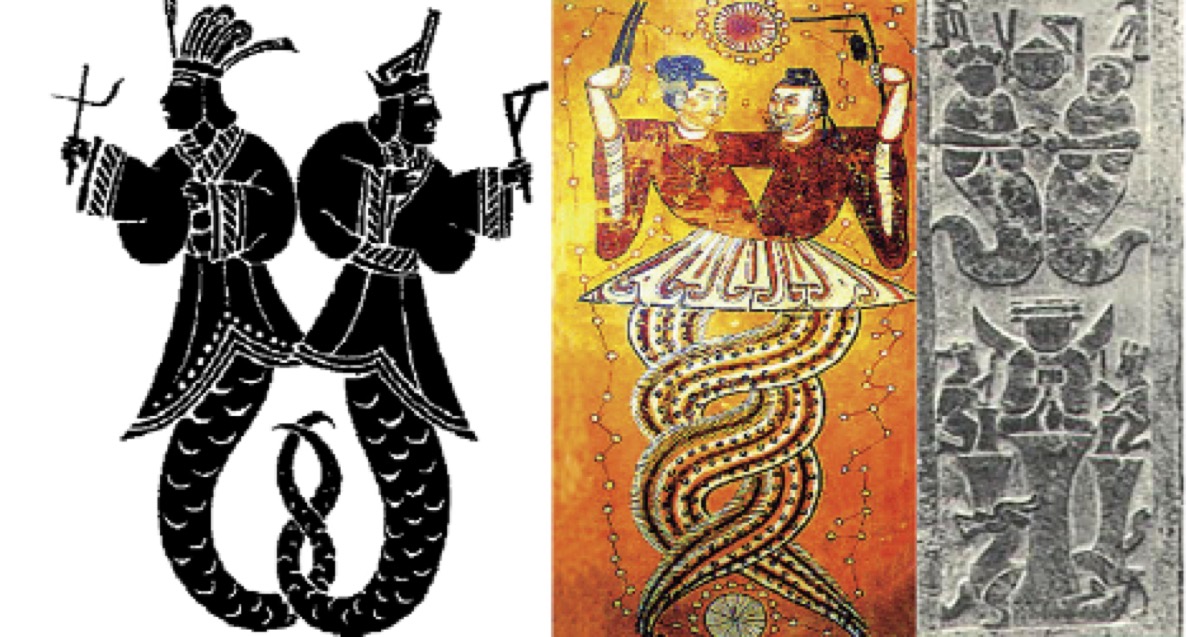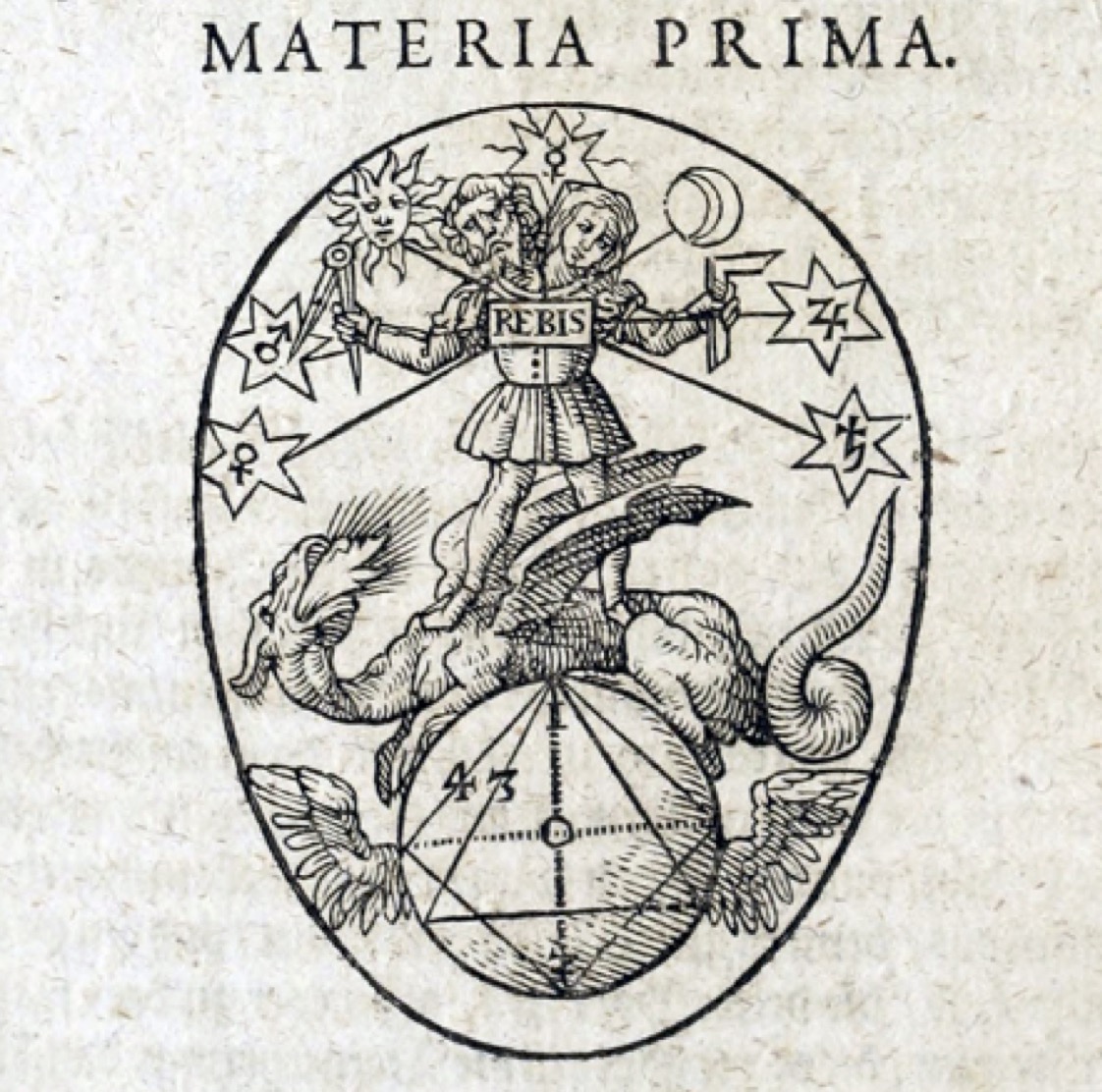The birthday of humanity


Some of our latest news
The birthday of humanity
16 February - the seventh day of the Chinese Lunar New Year - is considered the time when the mother goddess Nyuwa created mankind. This year itself - the year of the green wooden dragon - is, according to Chinese tradition, closely associated with the image of the mother goddess of mankind.
In European antiquity, drawing its past from Egypt and the Middle East, similar goddesses were Isis, Ishtar or Astarte, Demeter, Ceres. They taught people agriculture, cared for them and were in various situations saviours of humanity and responsible for the fertility cycles of the year.
In the Chinese tradition, Nuyva herself creates people - also from clay, like the Old Testament god, and also - in her own image and likeness, having looked at the reflection of herself in the river Huanhe. Farming is taught to mankind by Nyuva's brother and husband Fu Xi.

The image of Nyuva and Fu Xi is somewhat related to Freemasonry with its symbols. Both deities are half snakes, half people, with Nyuva, like a common image of the Old Testament creator, holding in his hands, a compass, and Fu Xi - square. In addition, Fu Xi is credited with the invention of the Book of Changes - the I Ching - the most important Chinese philosophical and divination practice.
It is interesting to find in the European mystical tradition similar images belonging to later times - the 16th century. Thus, the figure of the "Original Materia" (Materia Prima) in the first publications of the semi-mythical alchemist Basil Basileus is denoted by a creature with a male and female head, also holding a compass and a square in his hands, while the human body is not combined in the lower part with the snake body, but simply stands on the dragon.

Exactly the image of a snake-dragon is a sign of "the enemy of a sort of man" in the European culture, originating in the Near East culture where the Serpent corresponds with Baal (it is Beelzebub - the lord of flies), and ancient Greek gods defeat snake-like titans. There are similar stories in Indian mythology, where the struggle between asuras and devas is described.
In the Chinese tradition, the Serpent-Dragon retains all the features of its Middle Eastern likeness - the desire to give people knowledge, just like the original deities from the Greek epos, who give fire and support the sky. The Chinese dragon, however, avoids superimposing on him the image of a defeated titan relegated to a symbol of evil.
Nyuwa saves people from the flood, closes the sky that burst due to the war of the gods, and then flies away to his heavenly palace, leaving humanity to develop on its own.
Thus, the Chinese year of the dragon and the calendar cycles adopted in the Celestial Empire remind us of the common mythological history of the Earth, surprisingly coinciding in different peoples, despite completely different cultures, languages and territories.
 Museum
Museum